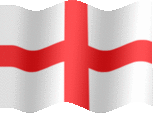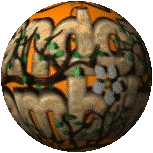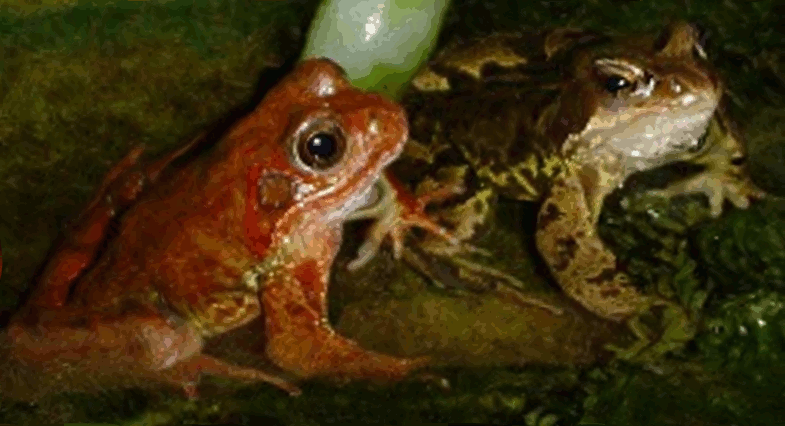This aromatic, lacy leaf daisy is a useful border plant. It is also a herb and is extremely easy to grow provided it has the occasional splash of water and a few rays of sunshine. If you have never been able to get a daisy to flourish in your garden or window box then grow this one. The flowers are a little smaller than most garden daisies and the leaves are usually lime green in colour. The young plants make a good addition to hanging baskets and tubs as fillers. I have several of these lovely daisies – the one below shares the border with the strawberry plants.
The Pain Ache Daisy or Feverfew is well known for its healing abilities and in some circles is called the ‘migraine mate.’
Feverfew
The main documented uses for the Feverfew Daisy are for the relief of headaches and migraines. It is also sometimes used as an aid to reduce swelling and the aches and pains from arthritis. Feverfew Daisies are known for their mild sedative powers. Some herb books refer to their use in the aid of asthma and tinnitus. The plant has the property to be able to lower the body’s temperature – cooling and soothing.
Hundreds of years ago the plant was used in childbirth as it was said to help the body remove the afterbirth or placenta. It was also taken to ease menstruation or encourage it to begin.
It’s use is even noted by Nicholas Culpeper who as early as 1653 noted it was especially good for a woman. Since then it has been found as a useful general herb for many ailments.
Warning: The Pain Ache or Feverfew Daisy must never be used/consumed by people taking warfarin or other blood thinning medicines.
The fresh leaves may produce mouth ulcers in some people.
This herb should not be used during pregnancy.
In the prevention of migraine two to three leaves eaten between a small piece of bread are claimed to have good results. If migraine is a long term problem then it may be best to take a tincture – four to five drops in a glass of water around three times a day.
There are now ‘feverfew’ capsules and tablets available in most vitamin and herbalist shops.
The plants are readily available from Garden Centres or may be cultivated from seed. They are often found in hedgerows – but if the intension is to use them as a herb then make sure that they are accurately identified and are growing on uncontaminated land.
















































2 comments:
I haven't really looked into this herb so this is good information. The only thing I knew was that it's not to be taken during pregnancy! Great post.
This is great information, haven't been here in awhile so glad I dropped in.
Dorothy from grammology
grammology.com
Post a Comment